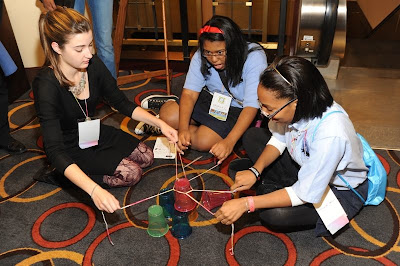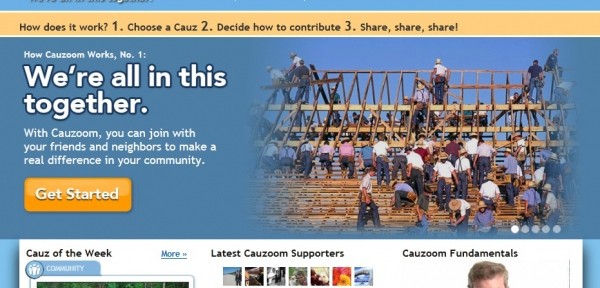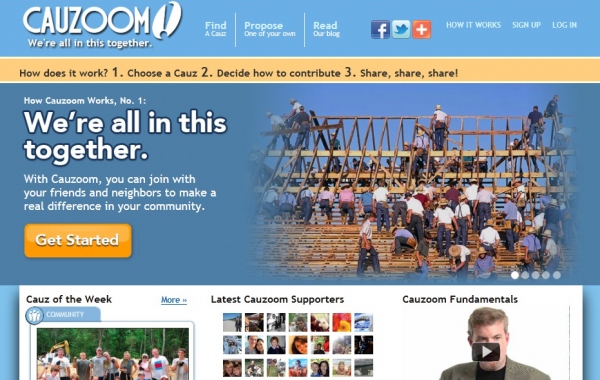Another best-of list blog post! Another best-of list blog post whose preface warns you it is a best-of list blog post! So sue me. Or don’t read it. ‘Tis the season, and I’m a copycat.
2011’s been a kind of wild and crazy year, both for us as a company and for the software world as a whole. But rather than do a straight recap, I decided to poll our crew on the hands-down coolest thing/language/trick/product/comestible/visual symphony/regular symphony they’ve ingested this year, and let you extrapolate your own state-of-the-union conclusions from these. Alors:
-
Sean Kermes:
- Sugru! Sugru is super frigging cool. It starts life as putty that can be hand-molded at room temperature for a bit upwards of half an hour, then over the next 24 hours it adheres to whatever you stuck it to and becomes a flexible (but tough) and slightly grippy silicone. I’ve used it to repair and craft drawer and cabinet handles and fix some random crap, and I’m planning on starting to make some custom-fitted mouse grips so that I’m not dragging my fingers across the desk all day. Continue reading Ruminants’ Ruminations, or The Coolest Things We Ingested This Year







 [Photo credit:
[Photo credit: 



